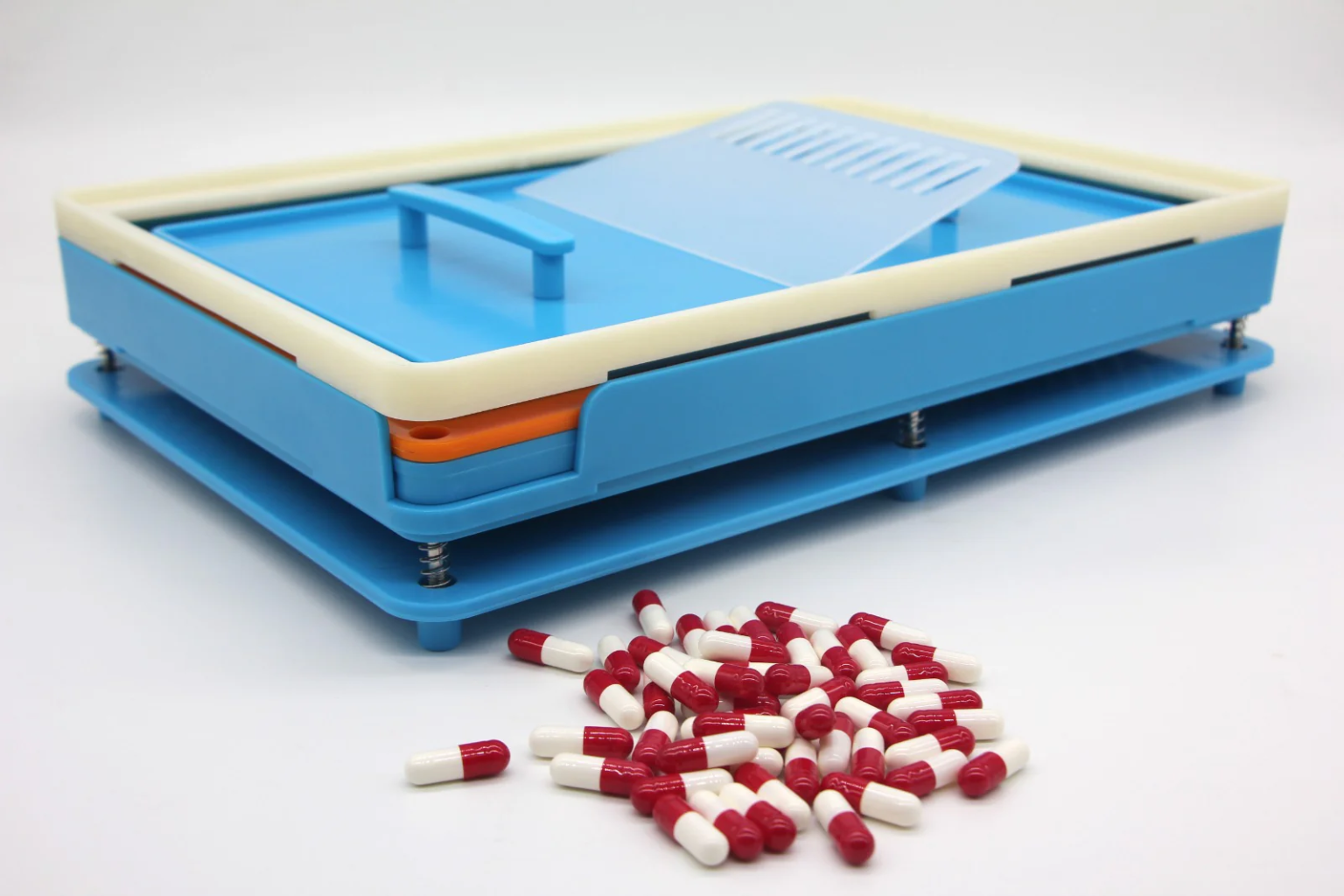Athletes know their bodies. They feel every pull, ache, and pop. But there are times a lingering pain hides something deeper, something that doesn’t show up on the first scan or respond to ice and rest. That’s where an orthopedic sports medicine doctor steps in—with the experience and precision to spot what others miss.
Subtle Labral Tears Masked as Persistent Shoulder Stiffness
It’s easy to chalk up shoulder stiffness to overuse or sleeping wrong. But a labral tear often hides behind that dull ache and limited range of motion. This ring of cartilage helps stabilize the shoulder, and even small tears can disrupt movement in ways that seem unrelated. Without clicking or sharp pain, patients often don’t realize the joint itself is injured. A sports medicine doctor trained in shoulder mechanics can detect these tears through specific movement tests that go beyond a standard check-up.
In many cases, athletes push through the stiffness, blaming it on tight muscles or poor posture. But the longer a labral tear is ignored, the more damage it can cause—leading to chronic instability or even dislocations. A specialist in orthopedic sports medicine can identify the subtle signs and recommend early treatment that prevents bigger issues down the road. That’s why people often search for a sports medicine doctor near me only after months of frustration.
Occult Stress Fractures Camouflaged by Chronic Shin Pain
Shin pain gets labeled quickly—usually as shin splints. But a stress fracture hidden deep in the bone doesn’t scream for attention right away. These micro-cracks build slowly under repetitive force, especially in runners and high-impact athletes. By the time someone sees a sports medicine doctor, the pain may have become constant, even during rest. Standard X-rays often miss these fractures, making them one of the most overlooked injuries.
An orthopedic sports medicine doctor uses more advanced imaging like bone scans or MRIs to confirm what the body has been signaling for weeks. These fractures need more than rest—they need offloading, targeted therapy, and careful return-to-play planning. Identifying a stress fracture early keeps athletes from worsening the injury and risking a complete break.
Latent Meniscus Injuries Mistaken for Routine Knee Soreness
Knees absorb everything—twists, jumps, sudden stops. That soreness after activity might seem harmless, but deep inside, a torn meniscus could be the culprit. These crescent-shaped pieces of cartilage act like shock absorbers, and tears can occur from something as simple as a misstep. Unlike dramatic ligament tears, meniscus injuries often simmer quietly with swelling, stiffness, or a locking sensation.
What throws many off is the delay between injury and symptoms. Pain might only appear after a long workout or on stairs. A sports medicine doctor can feel for subtle joint line tenderness or use dynamic testing to spot the issue. Without this attention to detail, a meniscus tear may be mismanaged as just overuse, allowing the tear to worsen and lead to early arthritis or instability.
Hidden Hip Impingement Concealed Within Groin Discomfort
Groin pain in active adults often gets misread as a simple muscle strain. But when hip impingement is involved, the cause sits deeper—right at the ball-and-socket joint. Known as femoroacetabular impingement (FAI), this condition involves abnormal contact between hip bones, causing gradual wear on cartilage. What starts as groin tension during squats or sprints can evolve into sharp pain and reduced motion.
Because this discomfort mimics groin strains or hip flexor issues, it’s easy to treat it with rest and stretching alone. That’s why a specialist in orthopedic sports medicine is essential—they understand joint behavior under stress. With specific diagnostic tests and imaging, they can uncover the hidden mechanics of impingement and build a treatment plan to preserve joint health before damage becomes permanent.
Misdiagnosed Scapular Dyskinesis Presenting as Simple Muscle Strain
Shoulder blade movement plays a massive role in upper body performance. Scapular dyskinesis—abnormal motion of the shoulder blade—often appears as nagging upper back pain or weakness during pressing motions. It’s commonly mistaken for a minor strain or posture issue, but the root cause runs deeper. Poor control of scapular muscles can disrupt shoulder function entirely.
An orthopedic sports medicine doctor takes a closer look at how the scapula glides and stabilizes under load. They use real-time movement analysis and resistance testing to detect imbalances. Fixing scapular dyskinesis doesn’t just relieve pain—it restores shoulder strength and protects against larger injuries like rotator cuff tears. Regular doctors might treat the symptoms, but sports specialists focus on correcting the movement itself.
Low-Grade Tendon Damage Disguised by Recurring Ankle Instability
Ankle sprains are common, but repeated ones shouldn’t be ignored. Underneath the swelling and bruising, a low-grade tendon injury could be quietly weakening the ankle’s support system. Peroneal tendon damage, in particular, hides behind what feels like loose joints or weak ankles during cutting or jumping. Without proper care, it can lead to long-term dysfunction or chronic instability.
A sports medicine doctor near me search often brings athletes to the right expert at the right time. These specialists assess not just ligament health but also tendon integrity, foot mechanics, and muscle support. Their targeted rehab approach includes strengthening overlooked stabilizers and retraining proprioception—restoring not just movement, but confidence in that joint again.




